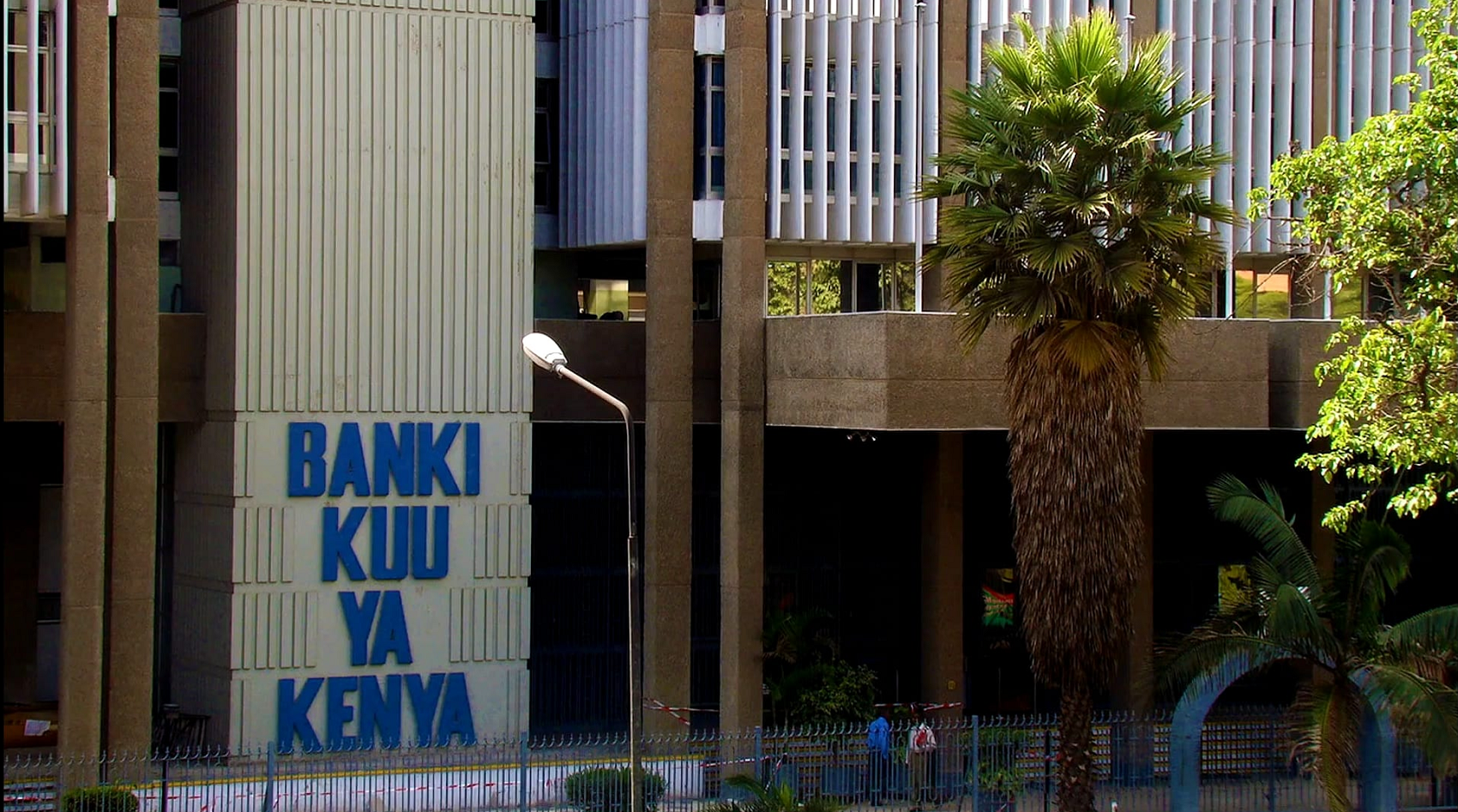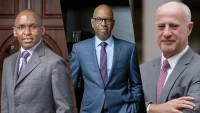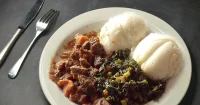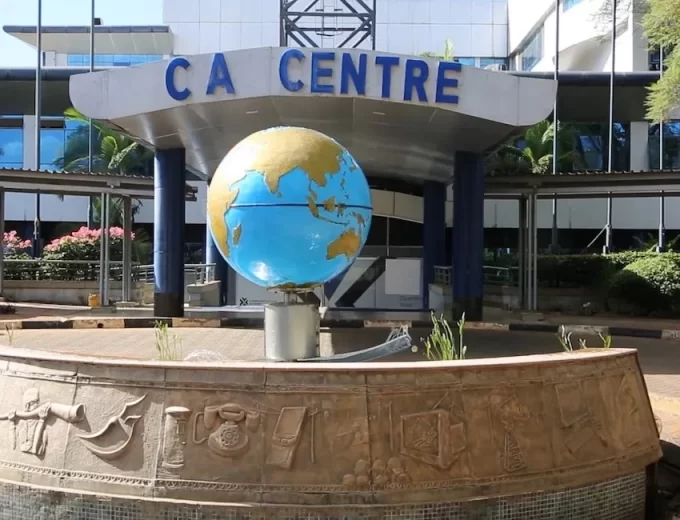It was as surprising as it was unprecedented. Unlike during the March 2013 General Election when the top presidential candidates were tripping over themselves to confirm and attend the media debates prior to the polls, something fundamental seems to have changed this year.
Leading contenders, incumbent Uhuru Kenyatta of Jubilee and his Opposition gadfly Raila Odinga of the National Super Alliance, took a lackadaisical, even contemptuous approach to participating in the show.
On the main, the two cited the fact that their teams were not adequately consulted on the format of the planned show. Both Uhuru and Raila were of the opinion that the show would be crowded by putting them together with political neophytes who will simply waste their (the former) time and energy. In other words, they indicated it would be a circus.
Apparently, the Jubilee Party camp also viewed the debate supporters, Ford Foundation, suspiciously due to their previous civil society motivated anti-government stand. Generally, the unapologetic position taken by Jubilee’s presidential duo speaks volumes about their fears of a conspiracy to push them to the wall. Even the running mates debate was a no-show, apart from one nondescript candidate who gave a solo performance.
It was only during the second presidential debate that Hon Raila showed up, albeit late, and apparently on second thought. For 90 minutes he fielded one-sided questions from the panel of two broadcast journalists comprising Joe Ageyo of KTN and Linus Kaikai of NTV. The jury on his performance is still out there!
President Uhuru’s version of a national debate this time was a live Facebook interaction with citizens, where he tackled questions and expounded on Jubilee’s manifesto. Clearly, that was not what the electorate had in mind. He had a duty to be accountable Kenyans. For all its worth, he should have appeared on national television without excuse. Leadership is for all seasons, I guess!
The basic principle behind the presidential debate is all encompassing. For the organisers, it is aimed at fact-checking the candidates claims of achievements and leadership in front of a national audience.
It is an opportunity for the media to represent the whole population in putting the candidates to task on their past performance, their role in the status quo and how they intend to move the country forward with their agenda.
For the candidates, it is a time to show their honesty, and to confidently face the nation with their supposed good intentions. It is an occasion to expose themselves to all manner of accusations, akin to being in a courtroom where the public is the judge, jury and ultimate executioner. Barring serious flaws in the process, no contender of such high office should turn down the invitation.
However, for this exercise to be effective, it is paramount that transparency also exudes from the debate planners. Presidential debates in Kenya are organized by a group of media owners, through Debate Media Ltd. The memoranda and articles of the company remain unknown, but it comes alive only during election time. What business it does after elections is unclear.
Now, let us examine the case study of a credible presidential election debate. The 2016 U.S. presidential debates consisted of a series of events held under the aegis of the Commission on Presidential Debates, a bipartisan organisation formed in 1987. The first presidential debate for last year’s elections took place in September and broadcasted live 13 channels, in addition to online media. Both the second and third presidential debates took place the following month. There was only one vice-presidential debate held in October.
Unlike the crowded field in our case, only Republican nominee Donald Trump and Democratic nominee Hillary Clinton met the threshold for participation in the debate. The format of the American event is very well structured.
ALSO SEE: I speak to Kenyans directly, Uhuru tells media
The first presidential debate was divided into six segments of approximately 15 minutes each, with the moderator introducing a topic and giving each candidate two minutes to respond. This was followed by approximately eight minutes and 45 seconds of facilitated discussion between the two candidates, with both candidates receiving approximately equal time.
The segments of the debate were based on the economy and job creation, trade, the federal deficit, race relations and policing, the war on terror, America’s foreign policy, and each candidate’s experience in the political and business realm.
Going forward, it is time to learn the lessons from the forthcoming General Election’s presidential debate debacle, and rethink how the program can be restructured in a way that it accommodates the fears and aspirations of the contestants. While we want the moderator to put the contestants to task, it should not also be an opportunity for vendetta or embarrassment.
The organisers must go beyond the hype and invest heavily in gathering the necessary data and information to undertake a professional exercise. Let us hope the next elections will have a credible event.













Leave a comment